Polygon Pushes False Narrative That ‘The Legend Of Zelda’ Series Explores Queer Themes, Claims Link Is “A Gay Icon”

Polygon’s latest clickbait claims Link is a “gay icon,” pushing the false narrative that The Legend of Zelda series has “queer themes.”

RELATED: Blizzard Entertainment Reveals First Openly Pansexual Character For ‘Overwatch 2’
The editorial came from Samantha Puc in her first piece for Polygon. She had previously written for The Mary Sue, FAT and QUEER, and is a member of the Writers Guild of America, East.
The editorial isn’t based on discussions with the LGBT community, assessing if the series has major themes of loving or being who you want, or analysis if the fan base has an especially large LGBT demographic.

Puc opens her argument, that one of Nintendo’s most iconic characters resonates with the LGBT community, with the prevalence of fan-fiction, noting that over 17,000 pieces of fan-fiction featuring Link submitted to Archive of Our Own, with a small fraction depicting Link as transgender.
“Among those stories, more than 300 are tagged with ‘Trans Link,’ and nearly 2,000 feature Link in a romantic relationship with Prince Sidon (or Ganondorf, for the enemies-to-lovers fans),” Puc pointed out.
Respectively, these would account for 1.76% and 11.76% of Legend of Zelda Archive of Our Own fan-fiction.

Puc continues, emphasizing fans have supposedly been “speculating on Link’s gender and sexuality since at least 2009,” highlighting a similar 2009 editorial from fan website Zelda Dungeon. This would be 20 years after The Legend of Zelda series started in Japan (1989) and one year later in the US.
She then cites a 2015 Kotaku interview with series producer Eiji Aonuma, who stated Link is “Not gay. He’s just an odd person.” Puc then claimed the series producer “shut down speculation about Link’s sexuality within the franchise canon,” adding that Aonuma’s statement “also opened the door for further fan interpretation.”
“Oddity has long been inextricably linked with queerness, even beyond the etymological connection. For decades, heteronormativity has forced queer people to exist on the fringes of society,” the Polygon writer further added.

Interestingly, the interview referenced by Puc has Aonuma talking about Tingle and not Link. The series protagonist is not even mentioned in Kotaku’s article — a fairly relevant detail that escaped the attention of Puc and Polygon’s editors.
Puc briefly discusses queerness being historically “labeled a form of depravity,” and rights being under threat from legislation. She then claims that — combined with “the propensity for fans to hold fast to their theories regardless of canon” — Aonuma’s rejection of the theory won’t stop fans having “their own interpretations of the iconic character.”
In short, Puc argues a character being “weird” is proof that they could be deemed gay to fans, who will hold onto that belief no matter what its creators say.
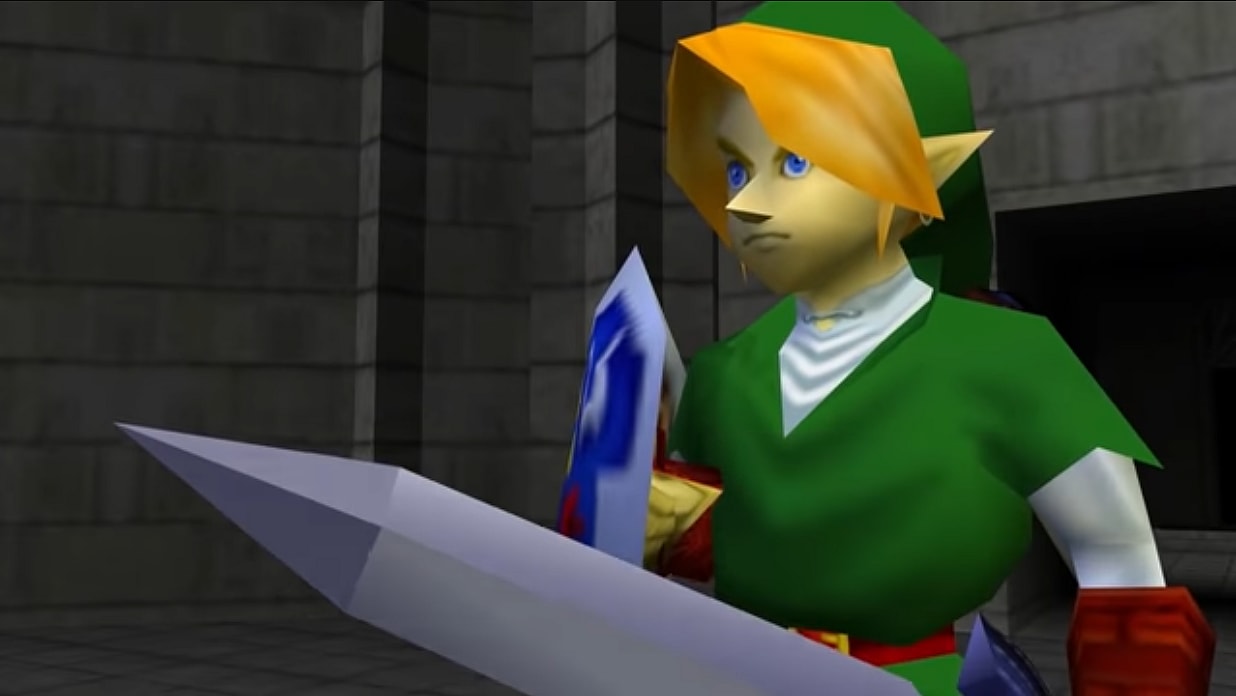
Puc claims the queer theories “became especially apparent during the lead-up to The Legend of Zelda: Breath of the Wild,” thanks to rumors that players would be able to choose to play as a female Link. Aonuma again dashed hopes in an interview and confirmed this wasn’t the case, but Puc claimed the producer’s responses “point to seemingly intentional ambiguity around Link’s identity markers.”
However, Aonuma seems to explain how he wanted Link to appeal to both men and women. “Back during the Ocarina of Time days, I wanted Link to be gender neutral. I wanted the player to think ‘Maybe Link is a boy or a girl.’ If you saw Link as a guy, he’d have more of a feminine touch. Or vice versa, if you related to Link as a girl, it was with more of a masculine aspect.”
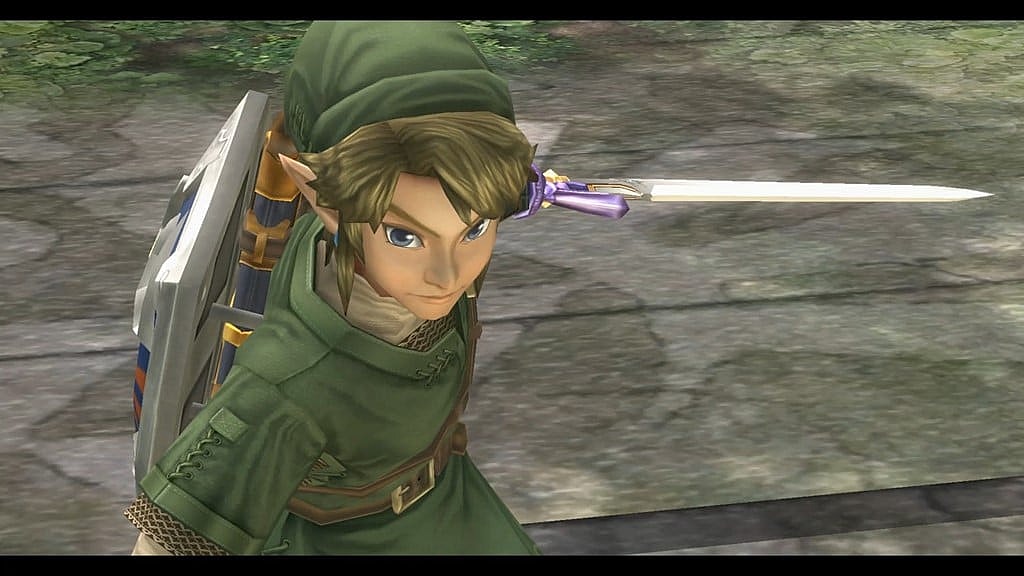
“I really wanted the designer to encompass more of a gender-neutral figure,” Aonuma revealed. “So I’ve always thought that for either female or male players, I wanted them to be able to relate to Link.” For The Legend of Zelda: Twilight Princess, Link was made “more masculine,” and after that Aonuma “went back to the drawing board and decided Link should be a more gender-neutral character.”
“Hence I created the version of Link that you see in Breath of the Wild,” he declared.
Aonuma stamps out any theories, adding, “As far as gender goes, Link is definitely a male, but I wanted to create a character where anybody would be able to relate to the character. So that’s why I think the rumor went around that Link could be a female,” Aonuma theorizes. “Because maybe the users were able to relate in that way.”
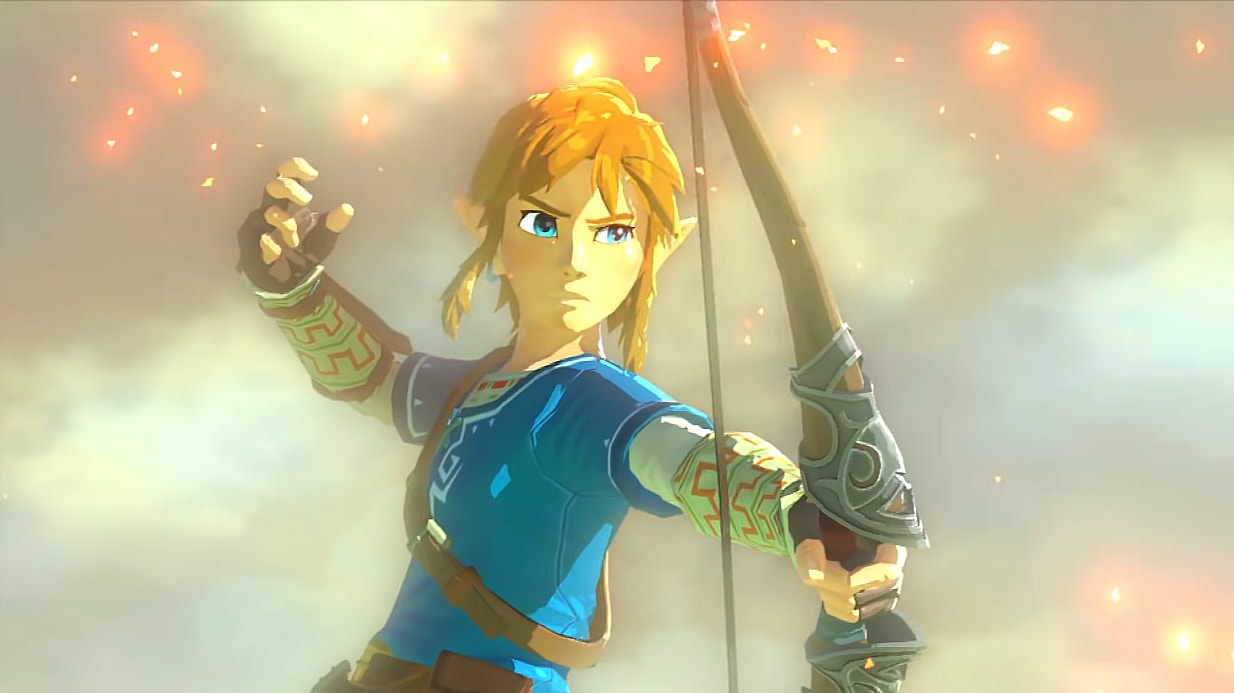
RELATED: Gina Carano Reacts To Attack On Riley Gaines: “This Is Horrifying”
Puc insists “Link’s gender-neutral, or androgynous, design in Breath of the Wild is complicated,” thanks to at least one of the game’s quests. To enter Gerudo Town, where men are forbidden, Link has to dress in a Gerudo woman’s clothes. Players need to track down a man who had previously snuck into the town and has an additional set of clothes.
Players find that man, Vilia, wearing the clothes. The character insists they are a woman and not the man who entered the town, despite the voice clips and build being obviously male. Other Gerudo in the quest also believe Vilia was a Hylian woman. Players can choose dialog options such as “study her face” and “squint suspiciously,” and are later given the option to either say “You’re very beautiful!” or inquire “You’re… a man?”
Link is taken aback when the wind blows, revealing Vilia’s face only to him. Vilia’s model does show a strong jawline and what could be a stubble beard.
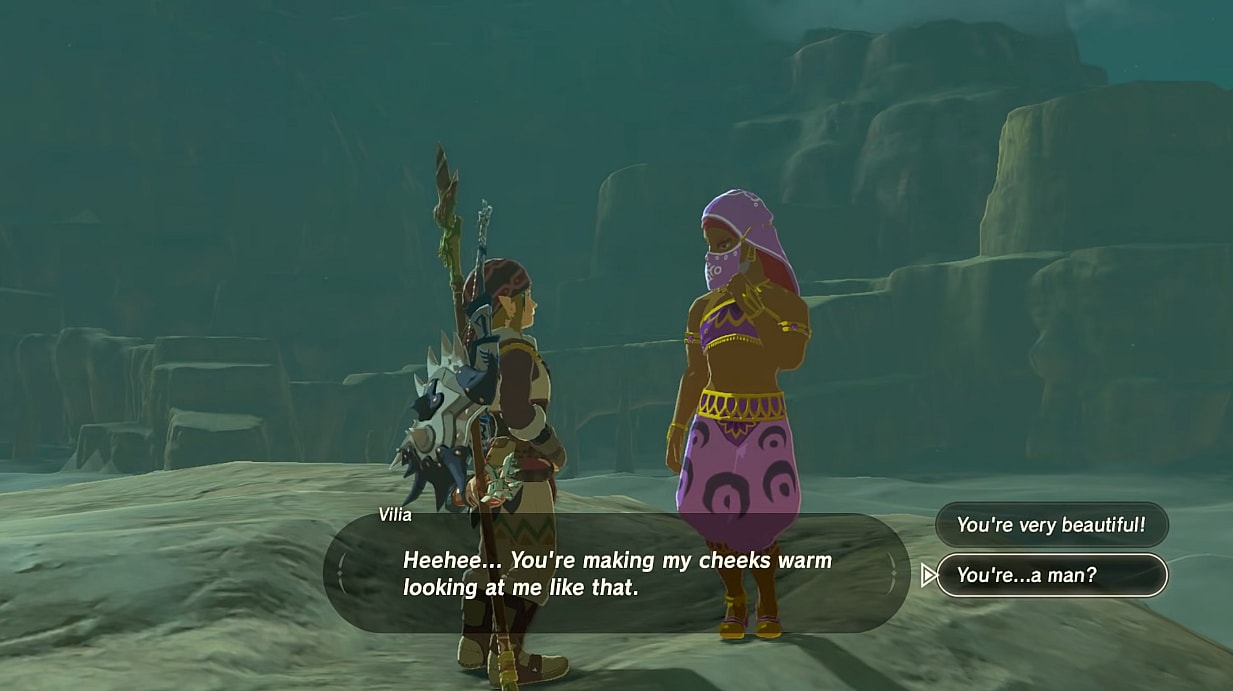
Regardless of their choices, players can acquire their own Gerudo outfit, with Vilia praising Link as “adorable” and unlikely to be found out. According to the series’ Fandom wiki, The Legend of Zelda: Breath of the Wild – Creating a Champion artbook notes Vilia’s was born with a different name, but refers to him as a man.
“After he [Link] confirms her identity and then literally squints at her face and body, the dialogue prompt either allows him to compliment her beauty or declare that she’s actually a man,” is how Puc frames the scene. “Essentially, the quest forces Link to ‘clock’ a trans woman, which is often what precedes anti-trans violence.”
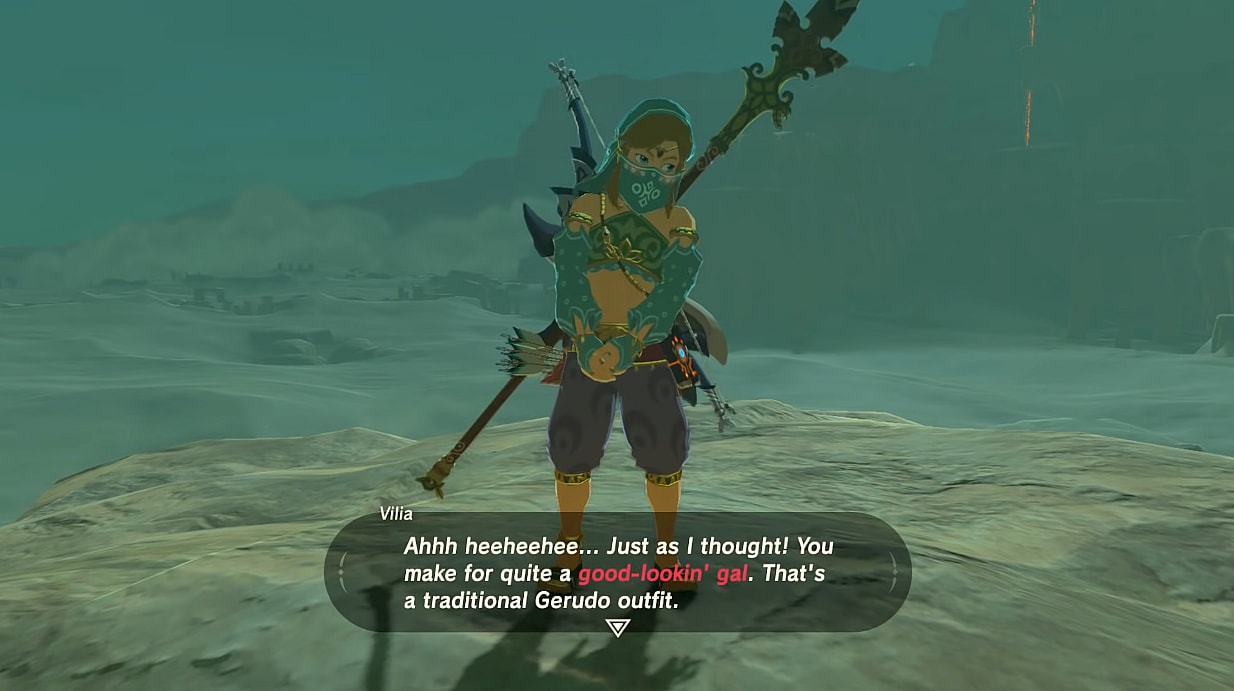
Despite Puc’s “gay icon” acting transphobic, she does admit the quest “fails trans Zelda fans in major ways, but much like Aonuma’s denial that Link is gay, it also presents players with an opportunity.” Namely, players gain the freedom to “queer the game” by having Link wear “femme” clothes after the quest.
“Other costumes are less intentionally feminine, but there’s also a distinct absence of hyper-masculine imagery like you might see in Red Dead Redemption or even Metroid, wherein male heroes are either super muscular or tall and wiry, and their costumes emphasize their bodies,” Puc maintains.
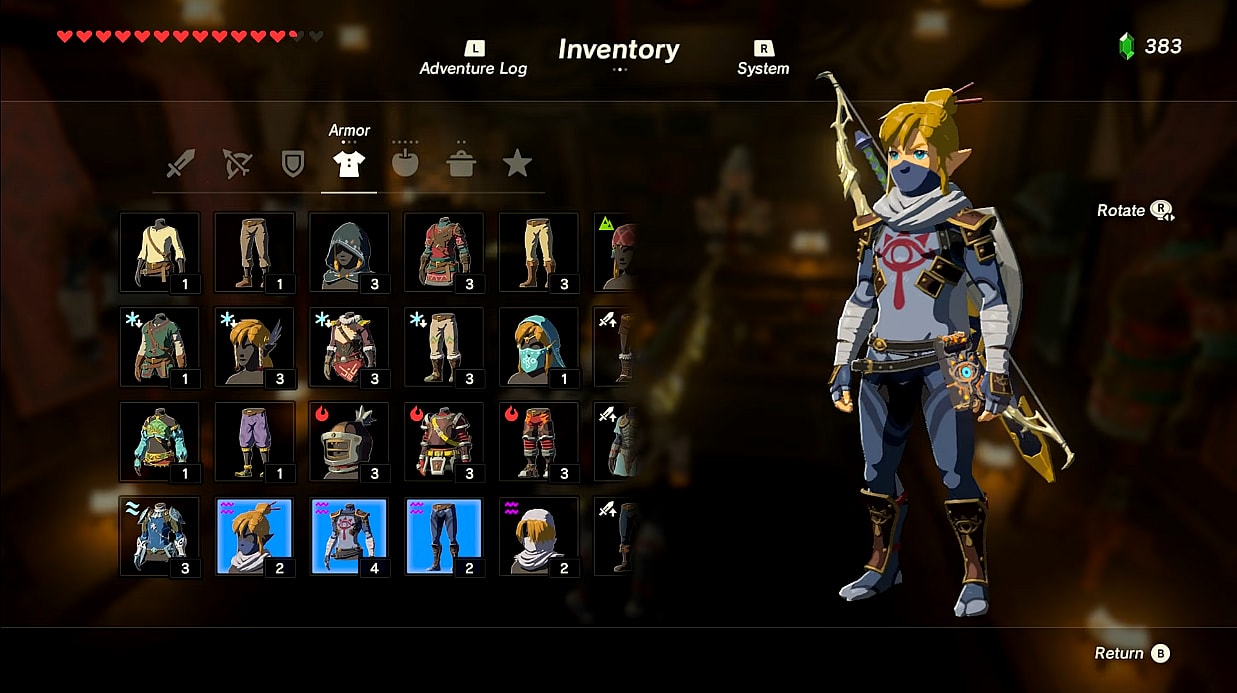
Puc then lectures on how despite androgyny being “a label for thin, white, able-bodied, AFAB[assigned female at birth] people who wear masculine clothing,” those who “present as androgynous, especially if they identify as nonbinary or genderqueer, argue for fashion to be ungendered.”
“To that end, a video game character wearing a bra and trousers with a sparkly veil should be able to claim androgyny as easily as a fat model wearing a flannel shirt and short-shorts, but neither presentation should be the only definition of the term.” Puc also defies Link’s iconic green tunic and white tights as “apparently how Nintendo defines androgynous fashion,” while Breath of the Wild offers more options.

Aside from fan-fiction and cross-dressing, the other major leg to Puc’s thesis is Breath of the Wild ‘s Prince Sidon, a character she alleges is “widely considered to be a queer-coded character” because of “very flirtatious banter” with Link, which makes the Polygon writer assume that “there’s an emotional connection between these two men as well.”
This argument stems from how Sidon says Link is “the greatest of Hylians and my most treasured friend for all time!” after the hero rescued his sister’s spirit. Puc also argues that the Zora prince carrying Link on his back during the Vah Ruta boss fight implied something more than their desire to save Zora’s Domain.
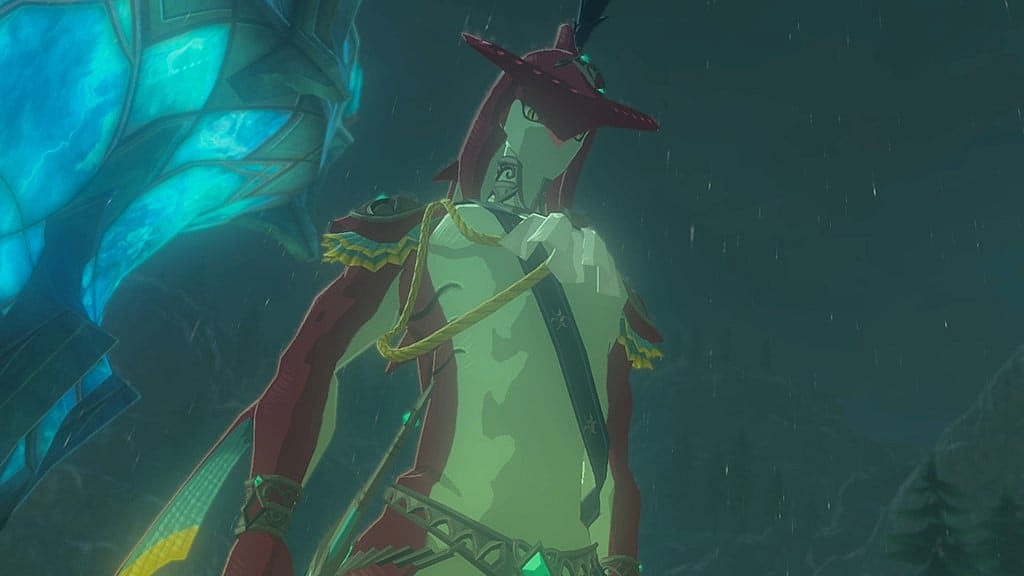
Puc argues the latter “makes it feel as if the characters are handling the first part of the boss fight together, with mutual trust and physical intimacy — even if it’s not canonically romantic.” She then, once again, appeals to the prevalence of fan works such as short stories and “spicy fan art” developing the relationship.
Arguments whether Link’s interactions with any characters being beyond platonic aside, it should be noted the character has shown no discomfort when female characters have shown interest in him. The only exceptions would be when the subject is hideous or gigantic, or the woman’s interest or appearance is sudden in some manner. This wouldn’t account for bisexuality.
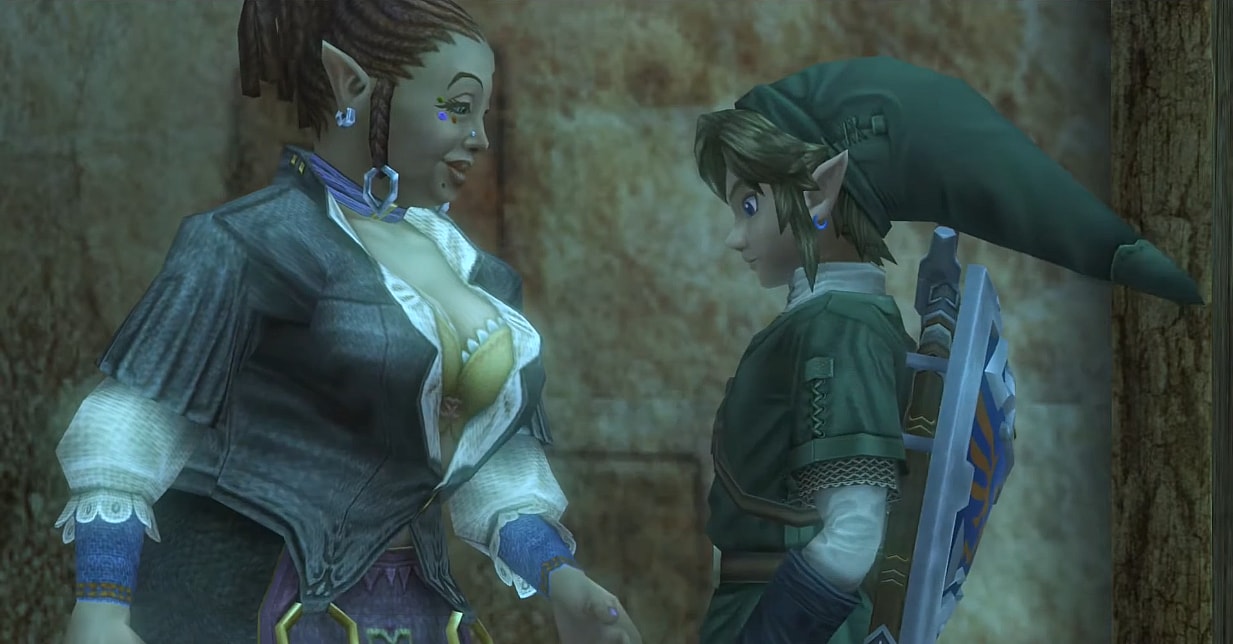
The only other times Link has cross-dressed was in The Legend of Zelda: Tri Force Heroes, where Link can dress as a cheerleader, Zelda, Lady Maud, or a queen. As with Breath of the Wild, the costumes seem to be comical, rather than any greater commentary on Link as a character.
Nonetheless, Puc declares that “the ambiguity of Link’s gender and relationships allows players to make what they will of his characterization and story.”
“Nintendo’s androgynous designs leave room for players to choose how they identify with Link — or other potentially queer characters in the franchise, like Sheik from Ocarina of Time — and produce fan content that aligns with their views,” the Polygon writer professes.
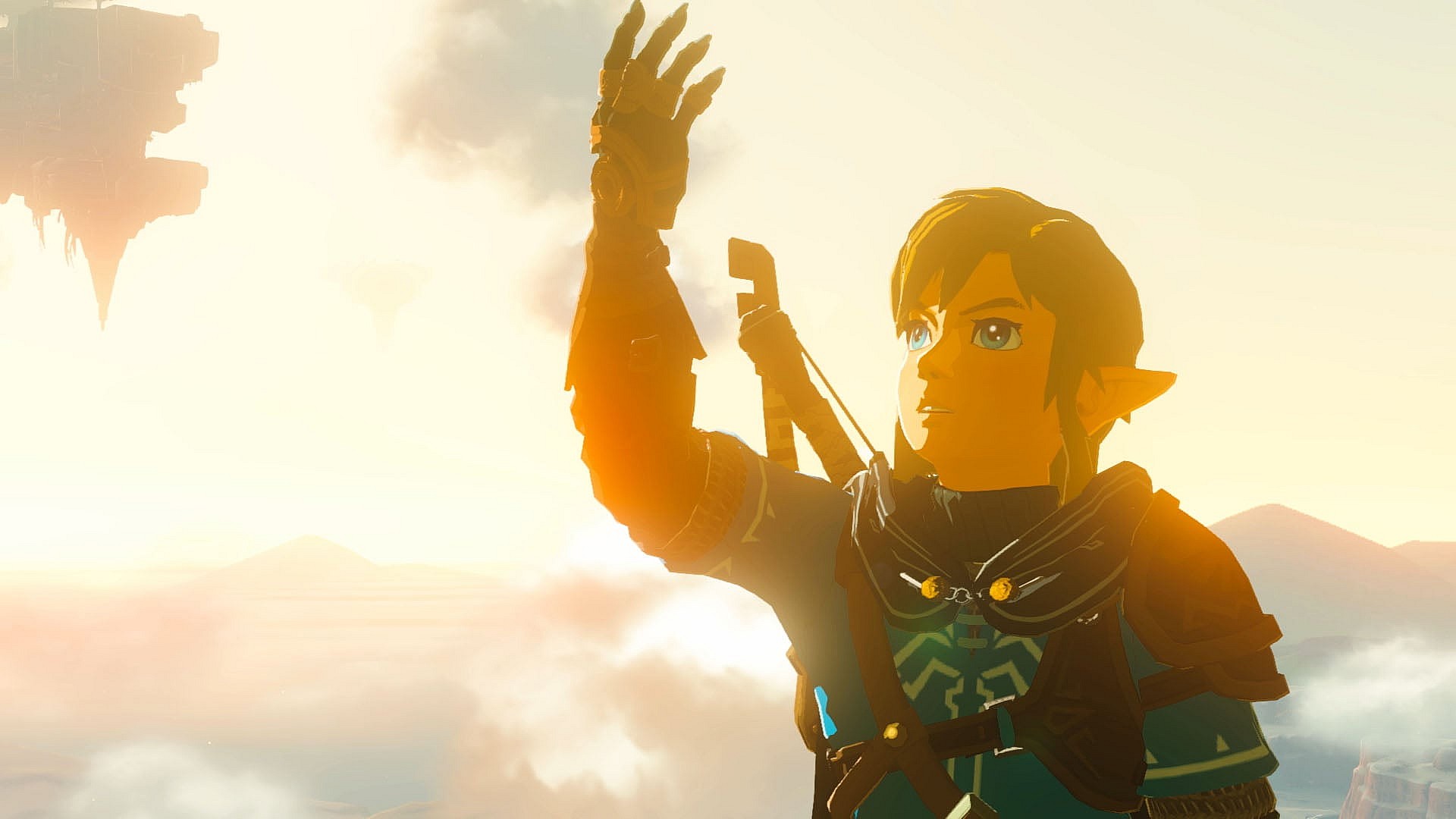
Puc then claims The Legend of Zelda: Tears of the Kingdom‘s trailers show Link is “seemingly becoming even more identifiably queer.” This is based on his hair being more like a mullet, “which is a style that has become synonymous with queerness.”
“It’s clear that Nintendo’s opinion on the matter doesn’t much matter,” she concludes, once again based on fan works and an academic article. “For many, Link is gay or trans or both, and that’s a powerful thing that can’t be taken away.”
In other words, even if as few as less than 2% of fans writing fan-fiction believe something, then any character from any franchise can be claimed to be whatever they believe. Any counter-argument, whether the belief is true or not, is blindly rejected, as it can be defended as being some fan’s unshakable opinion.
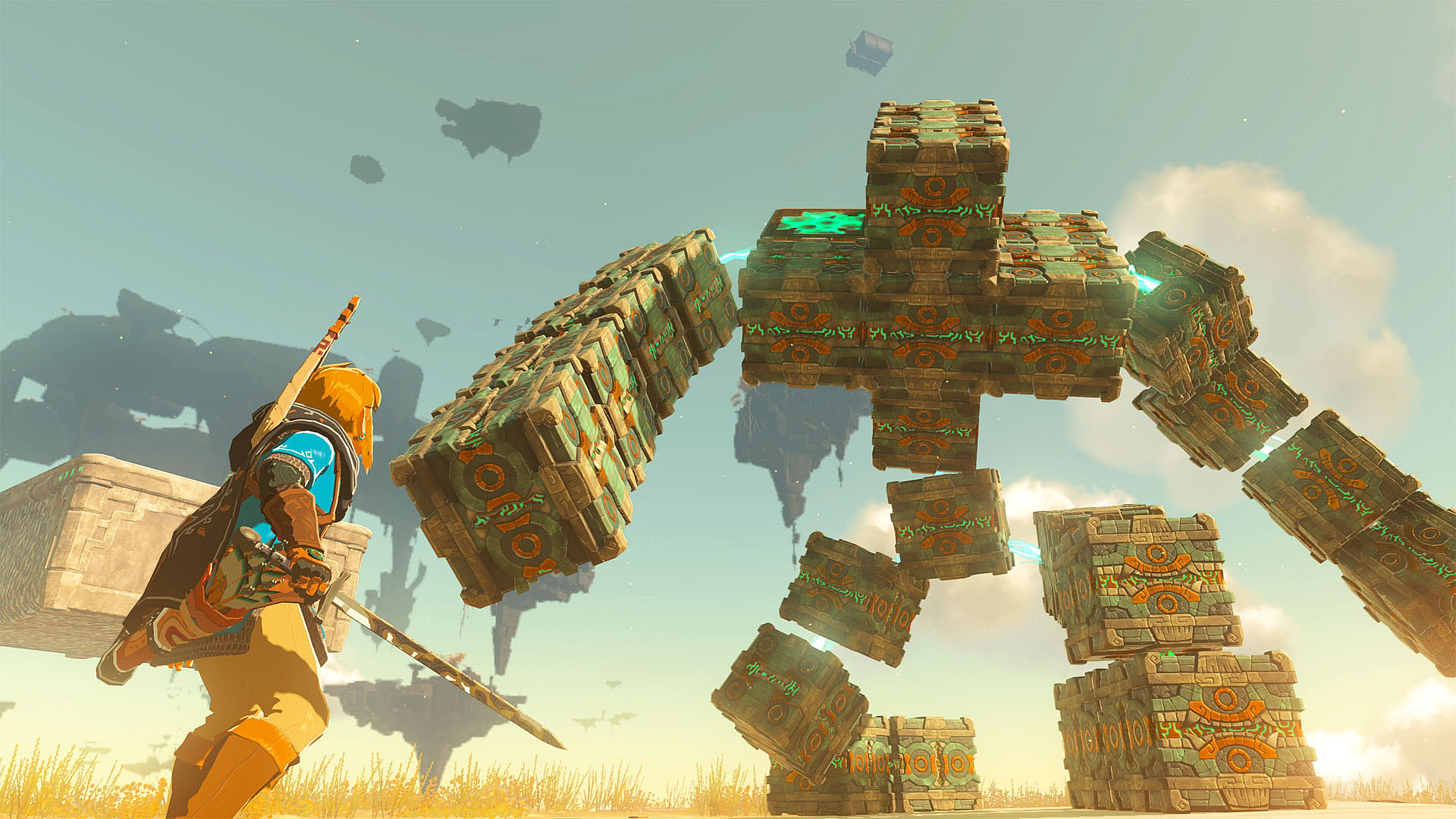
Yet, it would seem even some of Polygon’s own readership was in disagreement. SinAscendant1991 stated,”This is literally just reinforcing toxic masculinity and traditional gender roles. Link isn’t suddenly gay or queer just because he dresses fem. I’m NB and pan, and I absolutely see Link as just a standard male without the whole ‘you have to be traditionally masculine to be a straight man.'”
“To say that just because he’s comfortable in feminine clothes and looks pretty means he’s automatically gay or queer is regressive and cancels men who just want to be feminine, which is what I am about 60% of the time. Why is it not ok for a straight man to do this? Why does it make him auto-queer?” SinAscendant1991 asks.
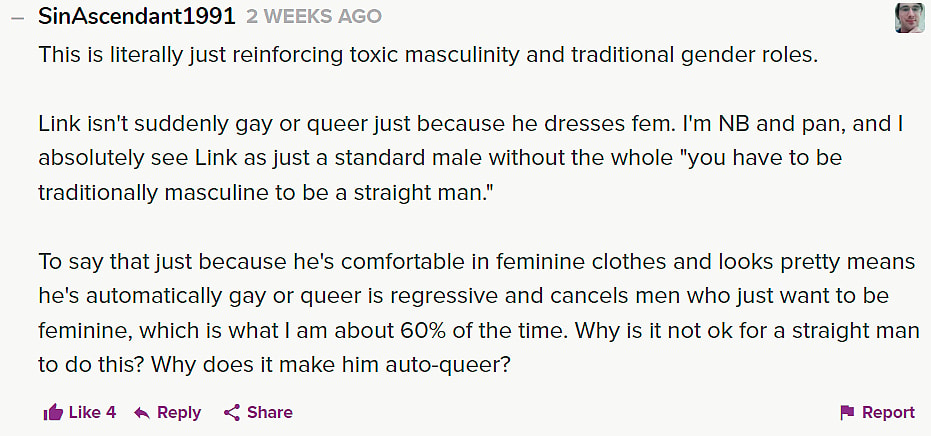
Journalist Sophia Narwitz also noticed a trend with Polygon editorials, mockingly adding, “All. Nerd. Culture. Is. Gay.” She notes that Polygon had also shared editorials insisting The Lord of The Rings had queer themes, along with Bayonetta and Peony from Pokémon Sword and Shield being gay.

YouTuber Vara Dark claims the Link editorial has an ulterior motive, asserting, “Journalists have started this new journey to basically bully Nintendo into making Link gay, by saying ‘well, a lot of people imagine him this way, so you should make it canon.'” She also notes the editorial bringing up queer rights being under threat is another way to coerce Nintendo.
“It’s like they’re trying to scare them [Nintendo] into making a statement about Link’s sexuality and potentially changing the canon, like ‘Oooh just so you know, they’re are millions of Zelda fans out there, and a lot of them want to see Link this way!’ It’s like they’re trying to hint that they might even boycott the next game because they’re not changing the content that they want.”
“I mean, these people are obsessed with labels, saying Link dresses in drag, and that it’s a big example of queerness, saying Link is androgynous. Can’t Link just be Link? We don’t need to label everything! If you see it that way, OK, but if the developers wanted to specifically label it, they would, and they haven’t. So just leave then alone,” Vara implores.
She indirectly calls Puc and Polygon “entitled” for acting as though they know what is best for The Legend of Zelda franchise, proposing there will be boycotts of Tears of the Kingdom “from people like this who are mad that Nintendo didn’t push the limits with Link.”
